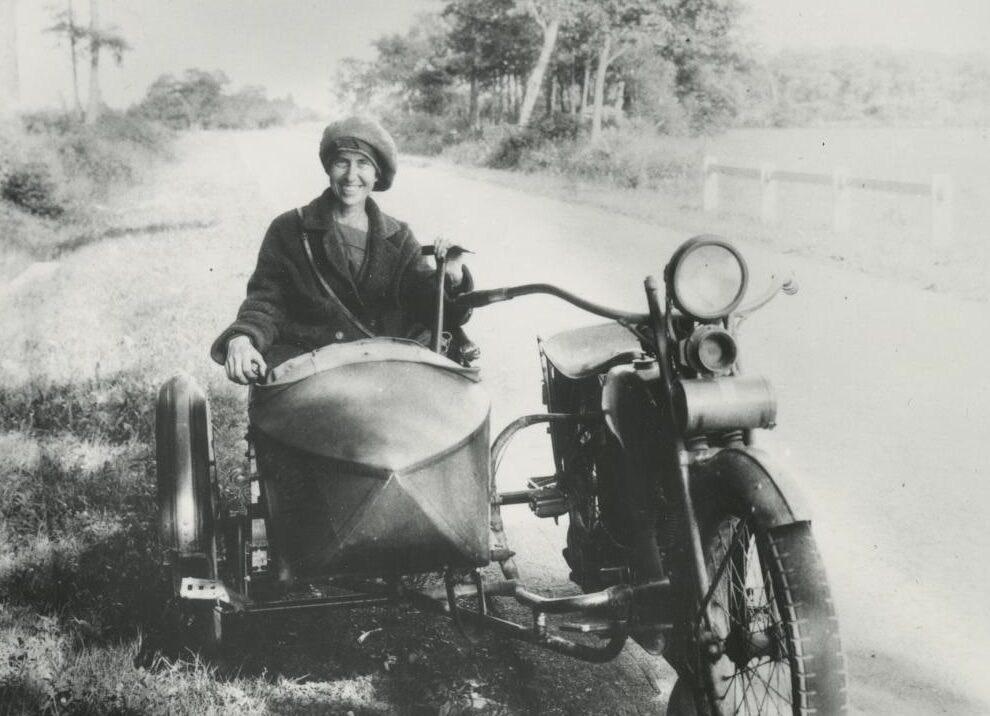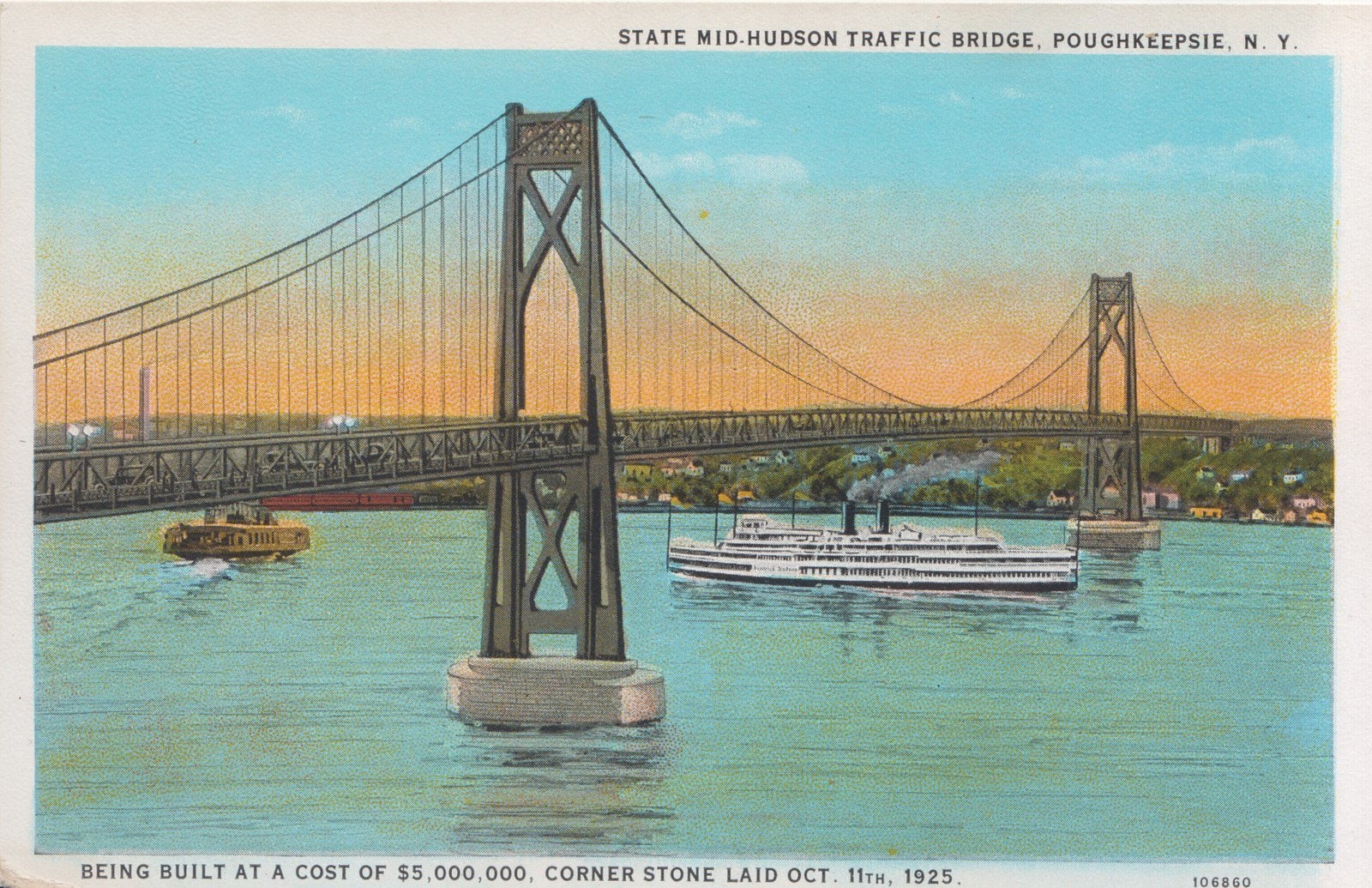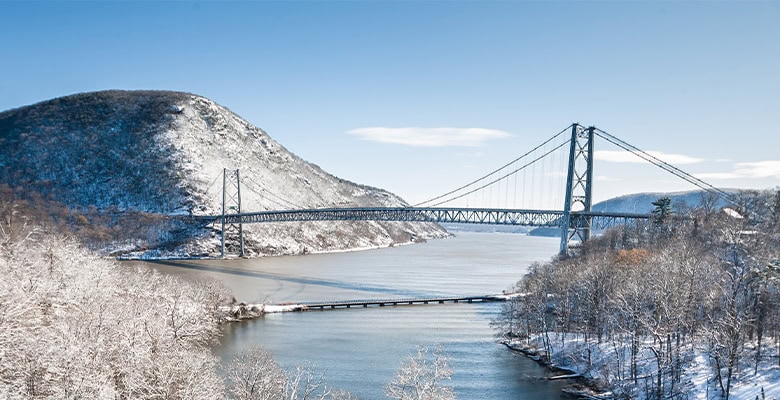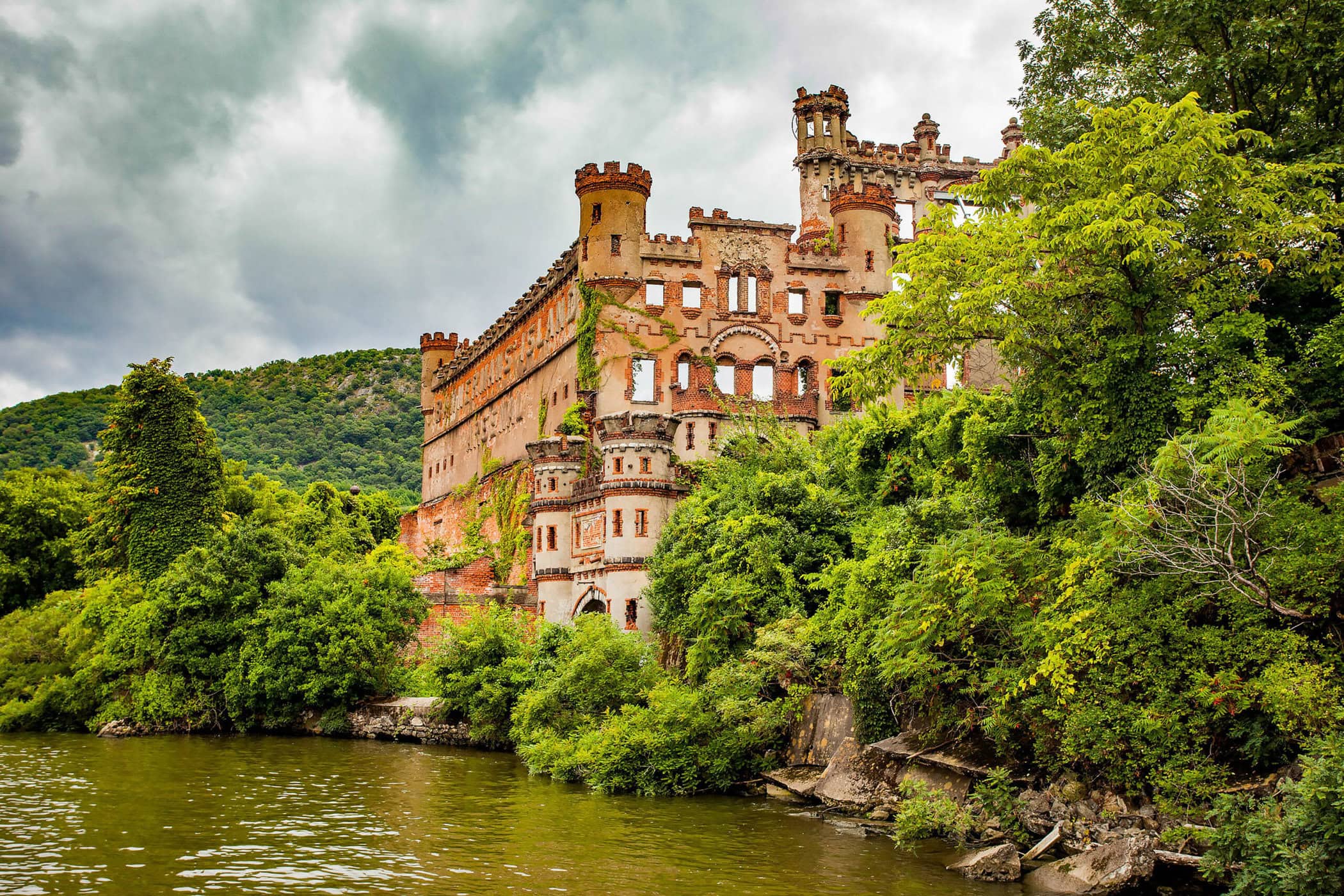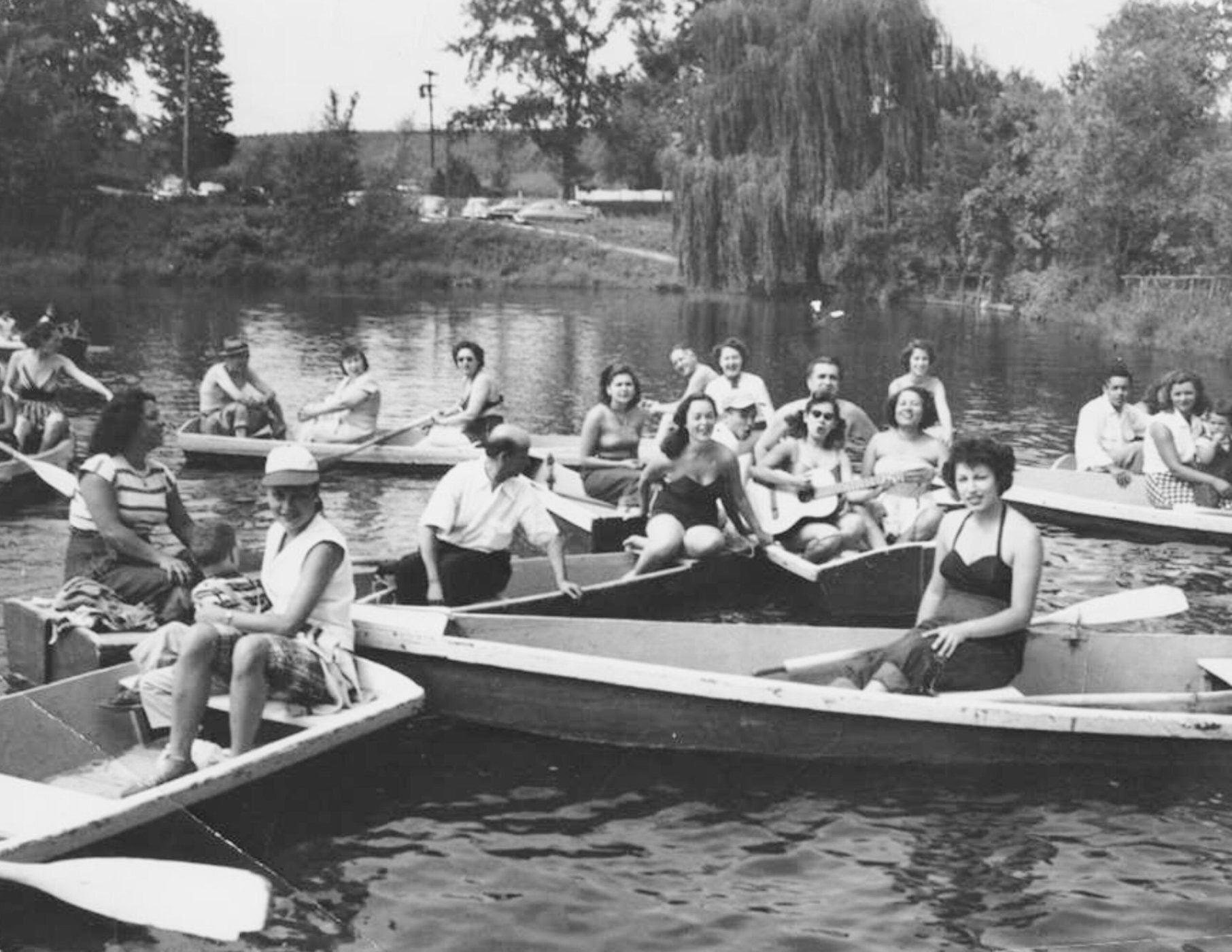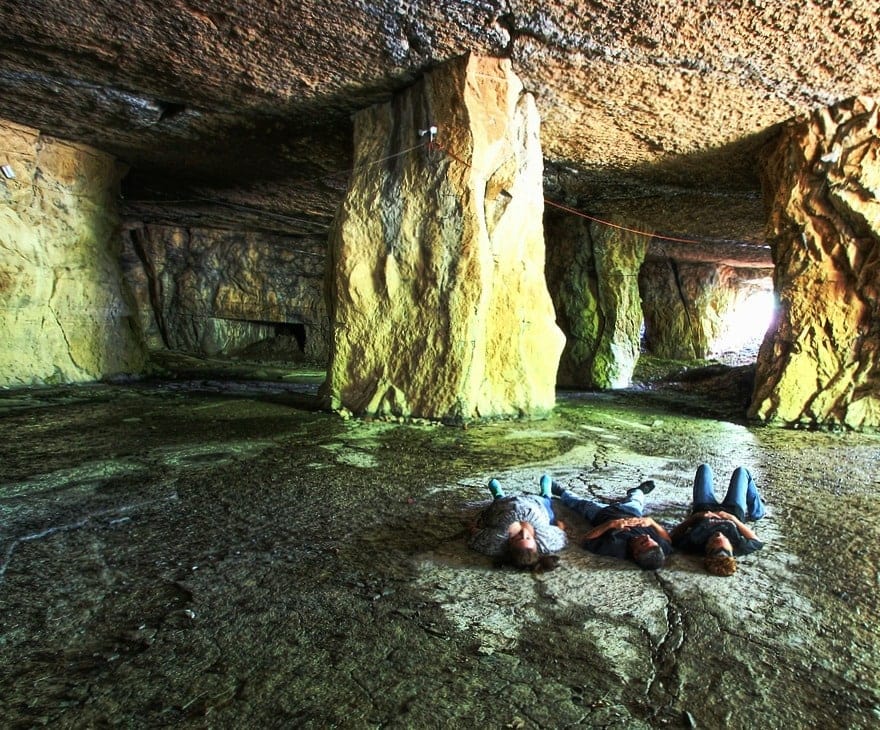Streets and roads! Who cares for either, while we have the river? We often use the river here, weeks at a time, when the snow has left us. The ice has been remarkably even the whole of this winter….
James Fenimore Cooper, Satanstoe (1845)
In the centuries before bridges spanned the Hudson and the arrival of icebreakers to clear channels for shipping, a sustained deep freeze was looked upon by many as a boon, facilitating fun and travel up, down, and across the river.
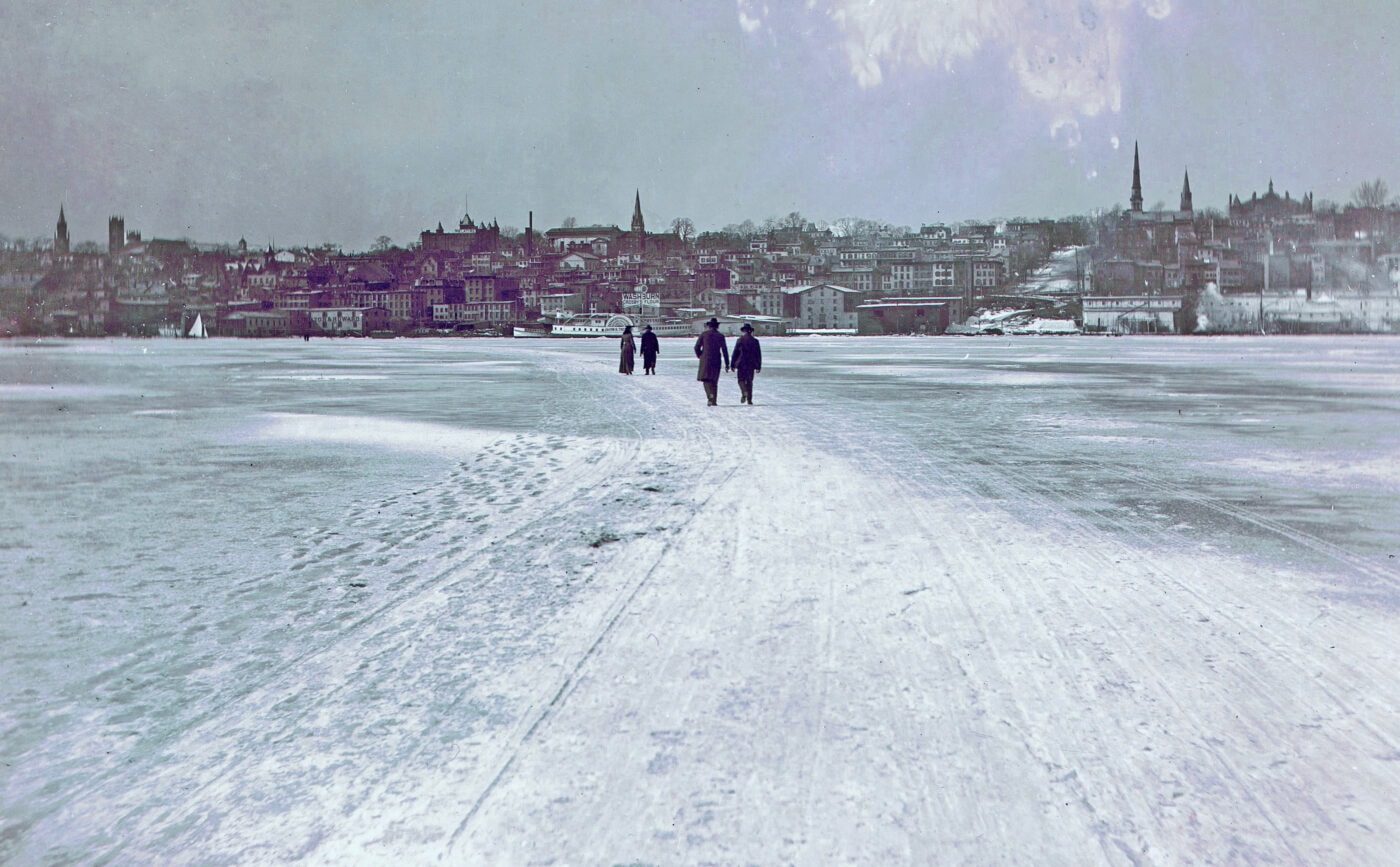
No place was this more welcome than on the especially wide stretch of the Hudson known as the Tappan Zee. During times of so-called “soft water,” folks needing to journey between communities on the shores of this bay separating Westchester and Rockland counties relied on ferries. The saltiness of the river combined with its tidal action rarely permitted the river to freeze solid there. But new possibilities of speedy travel opened up when it did reach a required thickness and a cold snap kept it from thawing.
Originally, the saying was that “one inch holds a man, two inches hold a horse.” With the arrival of motorized vehicles, that was revised to caution a foot for cars venturing onto the river and several inches more for trucks.
At that point, an actual road across the ice — dubbed by locals the “ice bridge” — was created to connect Tarrytown and Nyack. Weather permitting, it existed during winters into the 20th century, including an amazing 43 days during a cold snap in 1917-18. To cross this frozen highway about three miles in length, it took walkers roughly an hour, skaters 15 minutes, and sleighs and cars virtually no time at all. On weekends, thousands of people crossed over.
Volunteers kept up the makeshift route, which offered dedicated lanes for pedestrians and vehicles. They drilled holes to check thickness. (Allegedly, old-timers could tell by sight when the ice was unsafe.) And to assure travelers could navigate across seams in the surface caused by the river’s thrusting tidal movement, they laid out and maintained wooden planks.
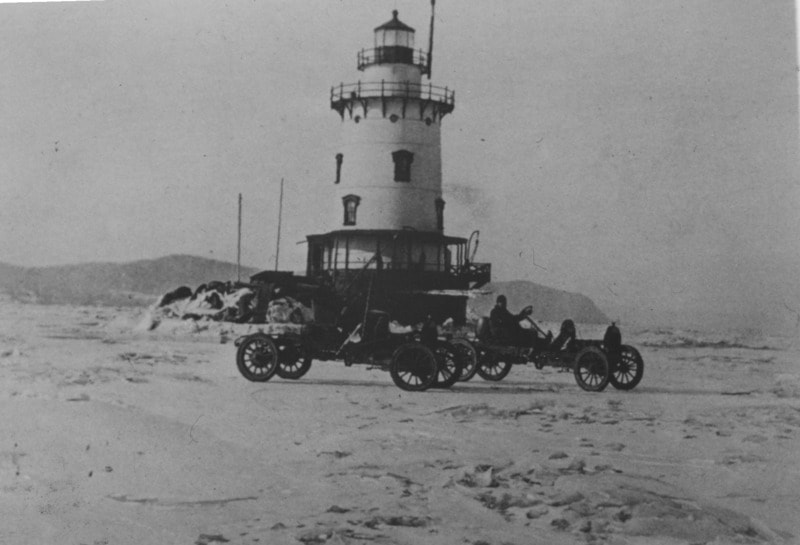
Thanks to the volunteers’ vigilance, there appear to have been no fatal accidents, although at least one car sank. (So did one in Poughkeepsie, where a wintertime taxi service crossed the ice prior to completion of the Mid-Hudson Bridge in 1930.)
A frozen Tappan Zee also provided exciting chances for fun. Horse racing took place on a special track that extended northward from the frozen crossing to Hook Mountain. (The steeds were fitted with spiked shoes.) Later, cars raced around an oval south of the road.
Elsewhere on the Hudson, ice regularly offered a popular crossing between Newburgh and Beacon, according to City of Newburgh Historian Mary McTamaney. “You crossed where the ice was thickest,” she says. “That could be north or south of the ferry. Even when the boat ran, there were people crossing beside the boat. Most of the river communities used the expanse in that way.”
The ice around Newburgh also served as a training ground for several generations of U.S. and world speed skating champions, while Poughkeepsie enjoyed its status as America’s capital of iceboating. The Hudson almost never freezes solid around New York City, but the last time it did, in 1821, taverns hastily erected in the middle of the river catered to strollers and skaters venturing between Manhattan and Hoboken, N.J.
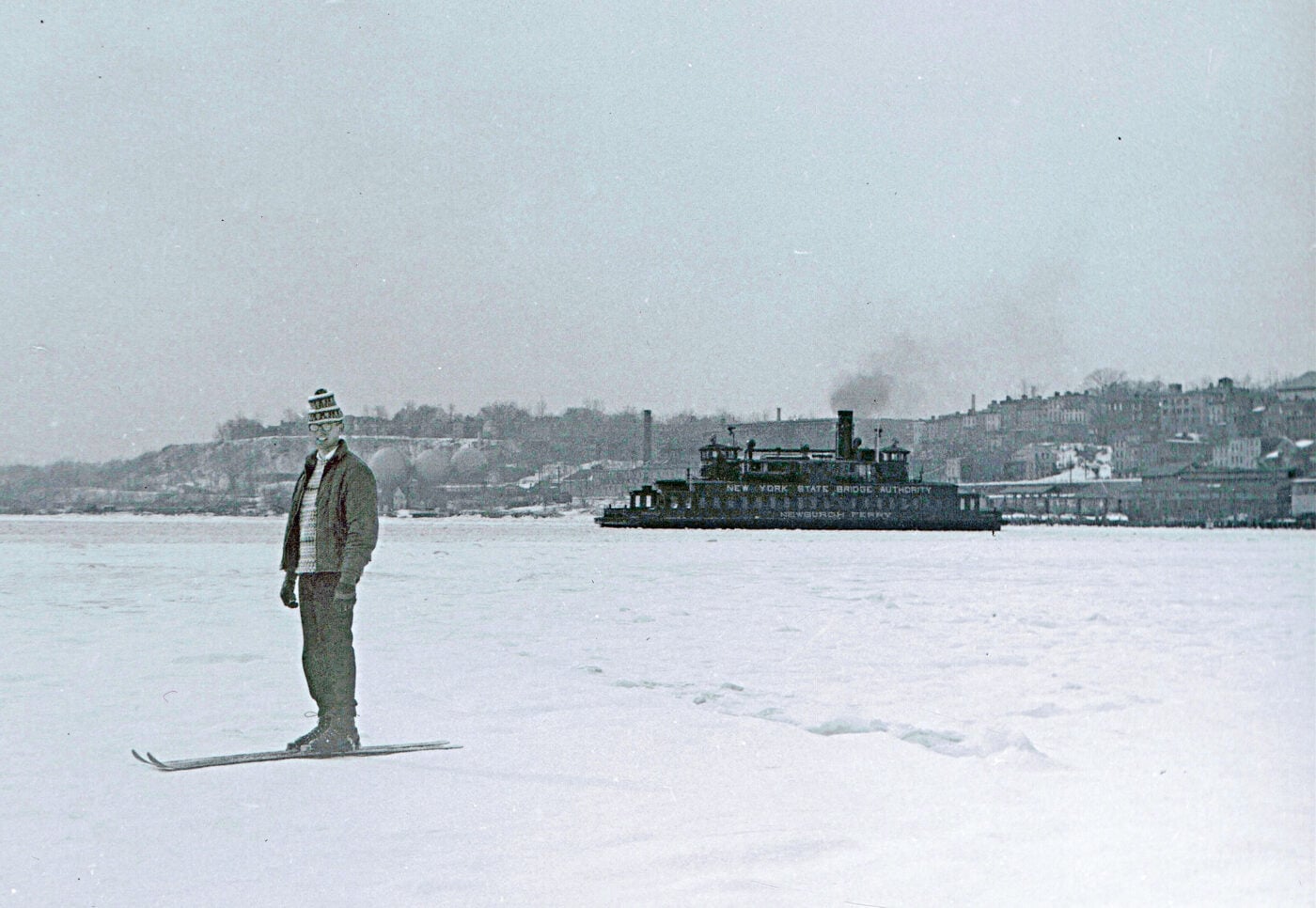
During the long deep freeze of 1917-18, an entire battalion of soldiers stationed at Camp Merritt, in Bergen County, N.J., marched back and forth across the river (in formation, no less) to enjoy dinner at a restaurant in Yonkers. Once the ice cleared, they shipped off to fight in World War I.
Frozen river assures swift delivery of cannons, mail
Upriver, the Hudson got ice-covered more regularly, greatly improving transportation. For Indigenous peoples, it afforded a flat route for travel. The frozen river also provided safekeeping for precious canoes. When paddling became impossible, the vessels were packed with stones and submerged beneath the water for preservation.
During the American Revolution, the Hudson’s ice gave a boost to George Washington’s Continental Army, facing a superior British force in Boston over the winter of 1775-6. Without it, the cross-river passage of cannons captured upstate at Fort Ticonderoga would have been delayed, stalling the commander in chief’s plans to force the enemy from their comfortable encampment. At some river crossings, the haulers drilled holes in the ice, then waited for it to flood and refreeze thick enough to hold sledges laden with 60 tons of artillery.
In the 1830s, a frozen Hudson assured mail delivery in communities along the river between Poughkeepsie and Albany. Erastus Beach, who controlled the postal service, abandoned the land for the river’s straightaway route during icebound winters. During a four-month deep freeze in 1836-7, he kept his fleet of horses and drivers in tip-top condition by building “shanties and relay stables” in the center of the river every dozen or so miles.
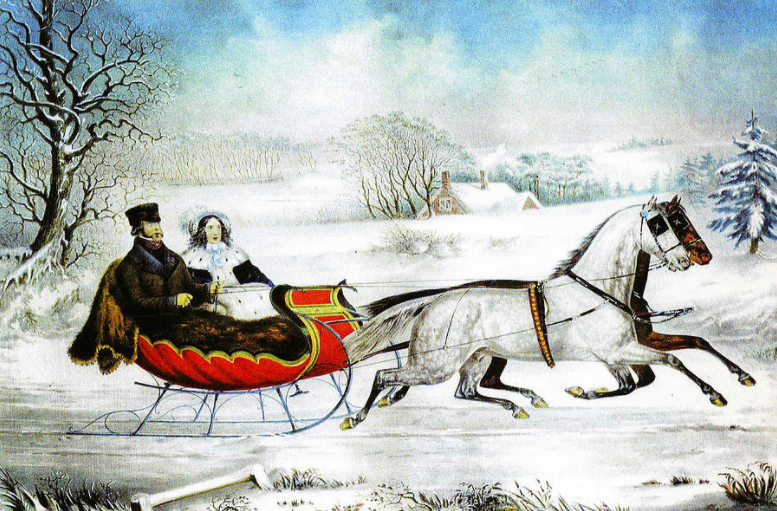
Legendary sleigh rides
And of course, in the 18th and 19th centuries, the river became a mecca for anyone yearning for a long, fast sleigh ride. In his novel Satanstoe, James Fenimore Cooper offers an account of harrowing events that befall a sleighing party on the Hudson (check out chapters 15-17). Legend says a similar, real-life occurrence may be responsible for the naming of Pollepel Island (often referred to as Bannerman Island, after the family who stored munitions on it in the early 20th century), near the Hudson Highlands.
The story goes that a young woman named Polly Pell was sleigh riding on the river with her fiancé, Rev. Paul Vernon, while behind them rode Guert Brinkerhoff, Pell’s true love. When the ice beneath the leading sleigh broke, Brinkerhoff plucked both passengers from the icy waters, and the threesome pondered their fate on a passing ice floe.
Realizing both the danger and the undying affection of Pell and Brinkerhoff, Vernon married the couple on the spot. Moments later, the floe beached on the island in question — thereafter known as Pollepel Island.
True? Probably not. But the story helps sustain the enduring fascination of a frozen Hudson and the pleasures once enjoyed on its glistening expanse.


